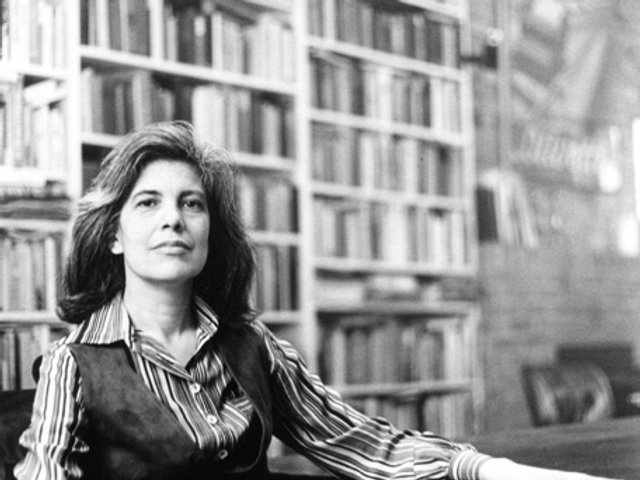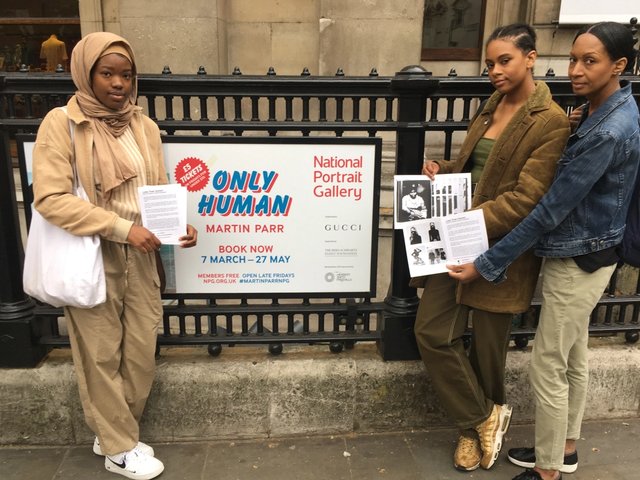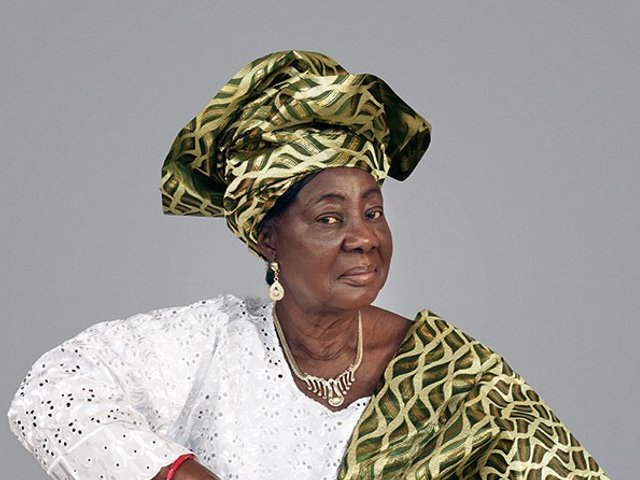Ten years after the first part of The Photobook: a History was published, the photographer Martin Parr and the photo-historian Gerry Badger have produced their third and final volume. As with the first two volumes, the publication brings together an eclectic mix of well-known and obscure photobooks, newspapers and ’zines, rehabilitating lost photographers and forgotten books as well as re-evaluating the big names and Western-centric histories of photography.
Much has changed in the photography world since 2004. Despite the rise of the internet, and services such as Flickr and Instagram that enable users to share images online, photobooks are bigger business than ever. In 2008, a festival dedicated to the photobook opened in Kassel, Germany, and in 2012, the French fair Paris Photo launched its Photobook Award. Museums and galleries are also paying their dues, dedicating exhibitions to photographic publications.
Parr’s and Badger’s latest selection of more than 200 photobooks is unapologetically idiosyncratic, and is not meant to be an exhaustive library. Neither editor envisaged a third volume, but they decided to create one because of an abundance of leftover material and because they and other photographers kept unearthing more hidden gems. The third volume has shed the broadly chronological format of the first two, focusing instead on photobooks published since the Second World War. The simpler structure packs a punch: nine chapters divided into themes such as protest, desire, conflict and identity offer an unflinching portrait of modern life.
The sections on propaganda and protest are particularly timely, with anti-capitalism, climate change and uprisings in the Middle East in the headlines. Badger describes the chapter on propaganda as the “most historicist” in the book, but while black-and-white spreads of communist and fascist regimes might appear dated, the concept of propaganda is just as relevant today. The chapter on protest is more contemporary; it features Ben Roberts’s Occupied Spaces, 2012, which shows Occupy London protesters camping outside St Paul’s Cathedral, and the Swedish photographer Kent Klich’s Gaza Photoalbum, 2009, a personal protest against the Israeli invasion of Gaza in 2008-09.
A chapter on conflict includes several books featuring particularly horrific events, such as Kannibalen (cannibals), 1967, which sets out the story of a former Nazi, Siegfried “Kongo” Müller, who led Kommando 52, part of the white mercenary army fighting in the Congolese civil war of 1964-65.
If death takes up a significant portion of the book, sex also gets a good showing. A chapter on desire—named “The Kids Are Alright” after Ryan McGinley’s book of photographs, published in 2000—starts with the 1960s sexual revolution. Titles such as Fuck, 1969, by Noriaki Kanoh, and The Virgin Sperm Dancer, 1972, by William Levy and Ginger Gordon, pull no punches, representing the rebellious attitude of the younger generation growing up in the 1960s and 1970s. Several photobooks referring to male homosexuality are also included, including Hal Fischer’s Gay Semiotics: a Photographic Study of Visual Coding Among Homosexual Men, 1977, which could be described as a kind of “gaydar” guide.
Other chapters deal with the documentation of modern life, the photographing of place, identity, photography as memento mori, and appropriation. Throughout, documentary photography is privileged over photography for its own sake. The diaristic mode that has become so prevalent in the age of the “selfie” is summed up by Badger: “Much of this volume might be seen as a steady and continuing march towards the personalising of photography and the photobook.”
One of the biggest criticisms levelled at the first two volumes was that the selection was too personal. Why not include monographs? Why leave out fashion and wildlife photography? Volume three is just as personal, but then who better than Parr and Badger to lead us expertly through the field? Parr has collected 12,000 photography books over the past 35 years, while no one writes quite so succinctly and knowledgeably on photography as Badger. The third volume will no doubt become as much of a bible in the photobook world as the first two.
Originally appeared in The Art Newspaper as 'Sex, war and photobooks'




